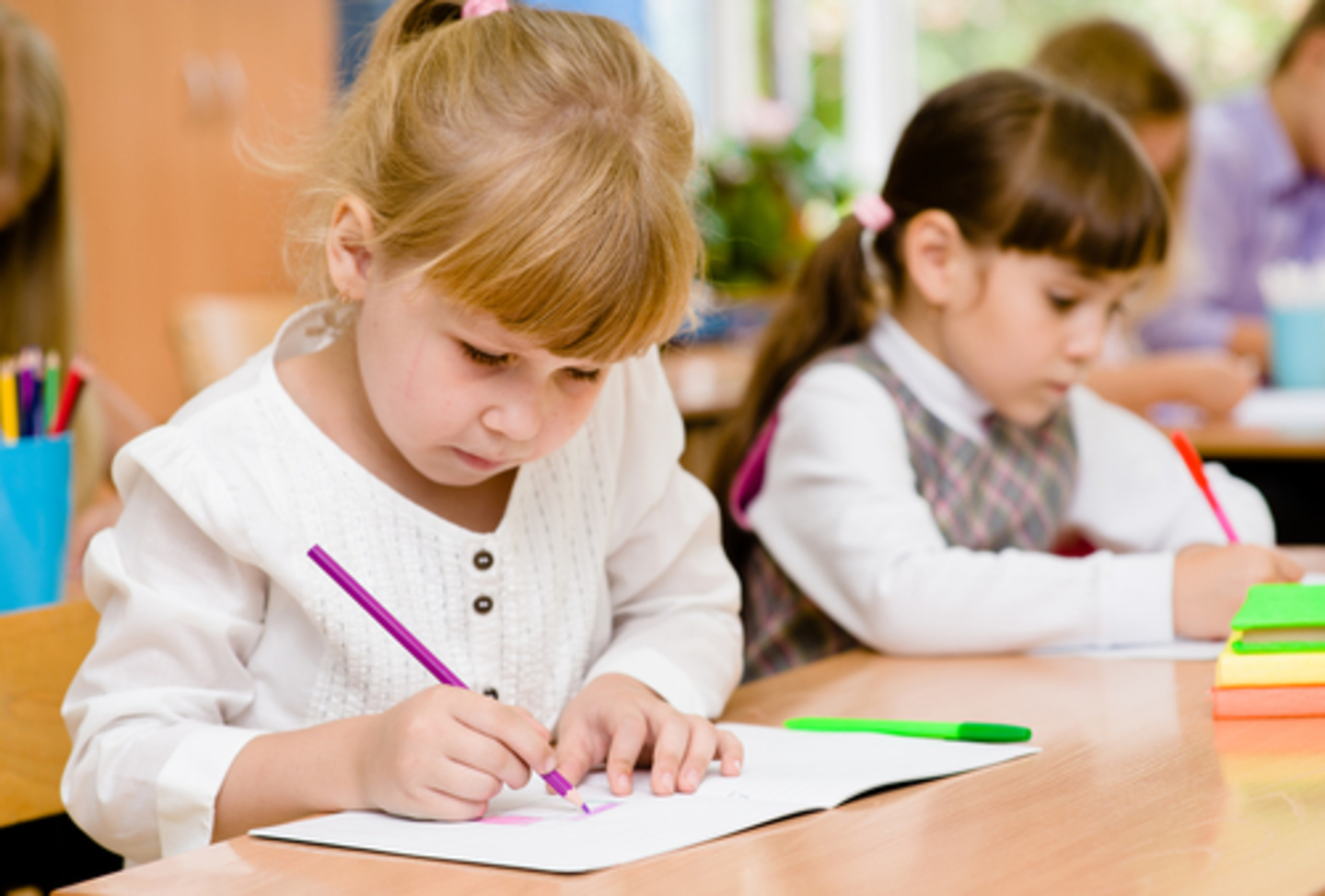When working with preschoolers and shsat prep, it is very important to make classes not only useful for children, but also interesting, multifaceted, harmonious. While developing the skill of writing, it is also important to develop the child as a whole: his speech, his culture of communication, the culture of his movements, artistic and aesthetic taste.
Whatever aids and educational materials you use in the classroom, it is very important not only to complete tasks (draw lines, connect dots, etc.), but also discuss what is happening with the baby. This not only introduces a game element into serious activities, but also teaches the baby to communicate, develops his speech, and enriches his vocabulary. Often mothers ask the baby to answer the question “who is this?” and “what is he doing?”, but they forget to ask “what is he like?”. Meanwhile, young children most often speak precisely with nouns and verbs – “I want a ball”, “this is a doll”. It is important to teach them to use adjectives and give detailed answers: “This is a beautiful doll”, “This is a doll with a big bow”, etc.
It is very important not only to complete tasks about what is common core math (draw lines, connect dots), but also discuss what is happening with the baby.
Activities that develop fine motor skills of the hands:
Exercises, games, finger massage (the so-called finger gymnastics).
Games with tiny objects. It is important to carry them out only under the supervision of adults!
Fastening zippers, buttons, games where you need to push objects through holes, pull them out, and the like.
Games for the development of tactile sensations: with water (pouring and pouring), with sand.
Painting. Attention: bright felt-tip pens do not require effort from the baby and do not develop the small muscles of the hand. Always start with a pencil. Then you can offer brushes. It is also very good to use a variety of finger painting techniques.
Pressing buttons, plasticine, paper applications – train the “poke” technique.
Paper games: appliqués, making paper garlands, origami, quilling, etc.
Modeling. You can use plasticine, salt dough (the dough recipe can be found here), clay, fimo plastic, etc.
Any game with stringing beads on a rope, lacing perfectly trains the small muscles of the hand.
Puzzles and other exercises that require pieces to be laid out in a certain order.
Constructor lessons. A very important element of this game is “twisting” movements, so choose a constructor where there are nuts.
Weaving – from paper, macrame, etc.
Knitting – not necessarily on knitting needles under the supervision of my mother, but also just tying and untying knots. By the way, now there is a yarn that allows you to knit with your fingers – why not use this technique not only to create fashionable scarves, but also to practice with your baby?
Creativity from natural materials: cones, twigs, dried leaves, acorns, etc.
Coloring books – kids love them, and it’s wonderful! They are very important for the development of hand motor skills and preparing the baby’s hand for writing. Coloring is a colossal experience of a wide variety of graphic movements: hatching, drawing, copying, tracing a contour, connecting points with a line. But we do not recommend using school copybooks to prepare a preschooler for writing, as well as simply teaching him to write written letters. It will be much better if the child acquires this skill already in the first grade and according to the methodology that is supposed to be used at school. For example, in the educational system “Primary School of the 21st Century”, spelling textbooks are designed so that the student can master the science of writing at the pace that is most convenient for him, comfortably and with great interest.
